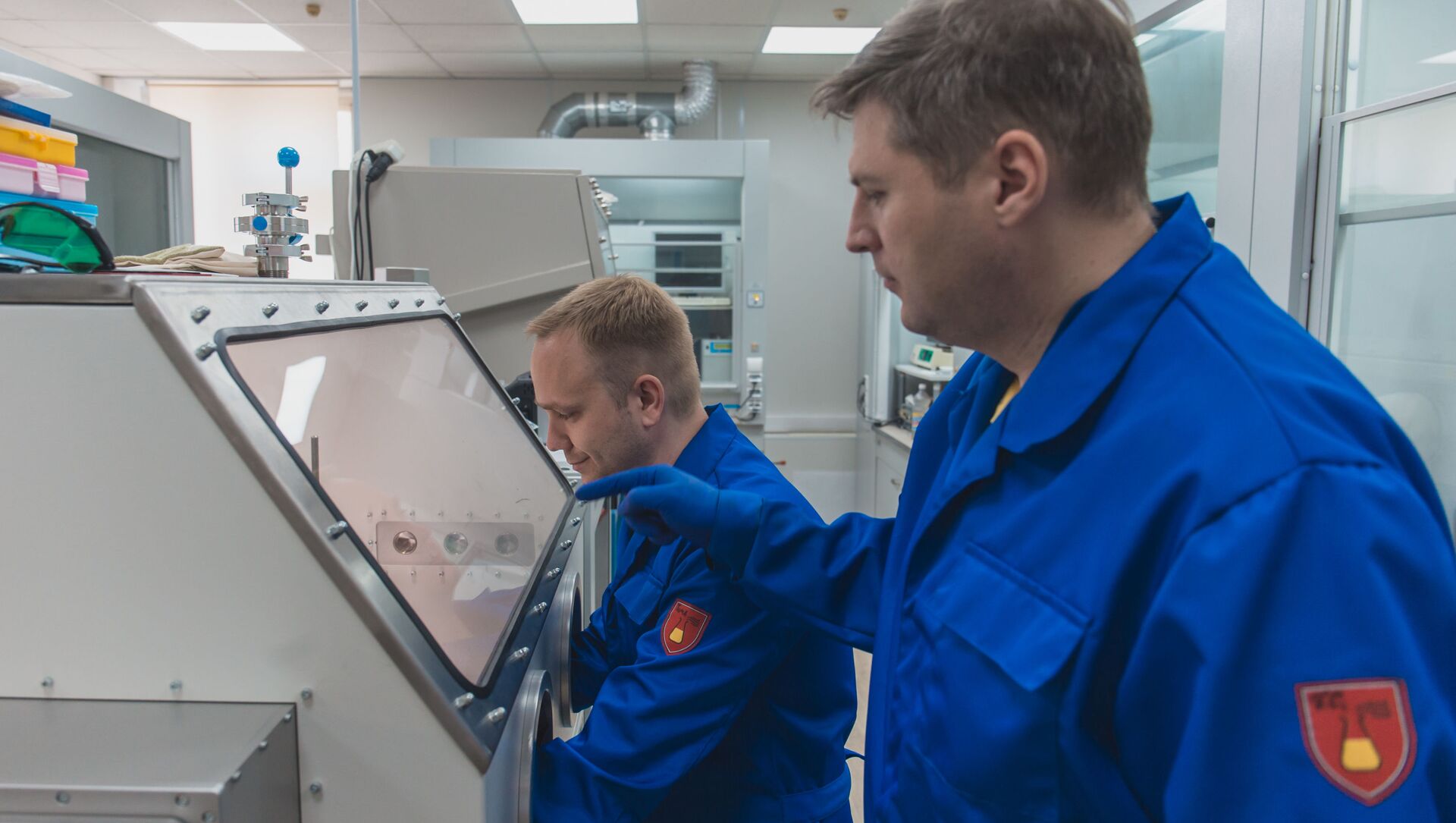According to the researches, the use of germanium nanocrystalline anodes will make it possible for batteries to achieve unprecedented frost resistance. The research was published in the Journal of Electroanalytical Chemistry.
Lithium-ion batteries (or Li-ion batteries) are in high demand in electronic engineering due to their high energy density, low weight and low self-discharge, the MIET scientists reported.
However, even modern batteries of this type lose most of their capacity and power in the cold. Already at -20°C Li-ion batteries retain only about 10% of their capacity at +20°C.
Such variations in temperature are challenging, and not only for ordinary users of technical equipment. Today, the development of Arctic territories, where temperatures can drop to -50° C and below, is a global trend. Therefore, the creation of new cold-resistant batteries is one on the most important technical issues, scientists explained.
In order to solve this issue, a team of specialists from the MIET and IPCE RAS synthesised monocrystalline germanium and studied its functional properties as a material of anode, that is, a negative electrode of the battery.
"Reversible capacitance - the charge that can be delivered by the electrode in normal operation, was about 250 mAh/g at -50°C for our anode. At these temperatures regular graphite anodes simply do not work, and special «frost-resistant» anodes made from lithium titanate have two-three times lower capacity", - Ilya Gavrilin, a researcher of the MIET said.
According to the scientists, the capacity of the developed germanium anode at -20°C is 10 times higher than the capacity of the standard graphite anode. At the same time, according to the researches, other frost-resistant materials have a number of disadvantages such as low operating voltage and low energy intensity even at room temperature, as well as a very slow charging process, complexity of production systems and others.
“Monocrystalline germanium is obtained from the aqueous solution of germanium oxide on the conductive substrate using electrochemical method. We managed to escape numerous difficulties due to this simple technology as well as unique properties of the synthesized nanostructures, subsequently we can count on relatively low cost of final products," Alexey Dronov, assistant professor from the MIET noted.
The research is carried out within the framework of the Russian Science Foundation Project №20-79-10312.



